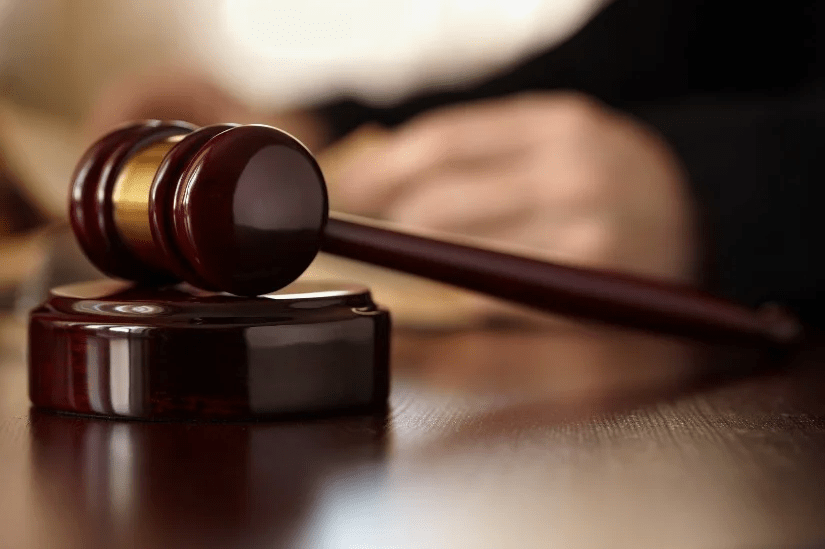Chapter 12 Bankruptcy in Nevada

People of all walks of life experience financial difficulty at one point, and you are not an exemption. Some may find options to manage debts and bounce back to regaining their financial freedom. However, for some, they might have run out of alternatives to financially redeem themselves from piling debts.
One last resort for some is bankruptcy. Bankruptcy is a legal process undertaken so that people or entities may seek relief from some or all of their debts, thus, giving them a fresh financial start or manage their debts through repayment schemes.
What is Chapter 12 Bankruptcy?
Chapter 12 bankruptcy is a type of bankruptcy in Nevada specifically designed to address debt responsibilities of family farmers and family fishermen. To qualify, they must have a regular source of income. Farmers and fishermen encounter a lot of challenges in their chosen fields of business or living. Among them would be the weather, temperature, hurricane seasons, not to mention the equipment loans incurred to make work easier on the field or at sea.
Chapter 12 is much like Chapter 13 bankruptcy as it also allows debtor to create repayment plans to manage financial debts. It is also much like Chapter 11 where it allows the debtor to still operate their business while repaying debts. However, Chapter 12 was created to act on the specific issues of farmers and fishermen.
What are the Advantages of Chapter 12 Bankruptcy?
Aside from the fact that this bankruptcy protection was created for family farmers and family fishermen, notable advantages can be noted:
- flexible payments. This is to adapt to the unstable income of the family farmers and fishermen as income is dependent on the changing seasons. The debtor is allowed to make seasonal payments or make large payments following the income for that season. Unlike in Chapter 13 bankruptcy, same repayment amount should be made each month.
- applies cramdown. This allows the debtor to pay the creditor the worth of the equipment bought through the loan but not the market value of the equipment.
- continuous business operations by the debtor. Chapter 12 allows family farmers and fishermen to keep, sell, or lease their property without the need for court approval unlike in other bankruptcy types.
- hardship discharge. This advantage applies on rare situations. Hardship discharge wipes out financial obligations of the debtor regardless of the amount left to be paid in the plan. This happens if a natural disaster or an illness will make it impossible for the debtor to pay according to the repayment plan.
How Long Will It Take to Pay Creditors Under Chapter 12 Repayment Plan?
The repayment plan should stipulate that installment payments should be made in a period of over three to five years, and should not be over five years.
How to Qualify for Chapter 12 Bankruptcy?
Family farmers and family fishermen have two categories:
- individual, or individual and spouse; and
- corporation or partnership.
The following criteria should be satisfied by those falling into Category 1:
- the individual, or husband and wife must be engaged in a farming operation or a commercial fishing operation.
- the total secured and unsecured debts of the operation must not exceed:
- $4, 153, 150 if a farming operation; or
- $1, 924, 550 if a commercial fishing operation.
- at least 50% (family famer) or 80% (family fisherman) of the total debts that are fixed in amount (excluding debt for the debtor’s home) must be related to the farming or commercial fishing operation.
- more than 50% of the gross income of the individual, or the husband and wife, for the preceding tax year (for each of the second and third prior tax years for family famer) must have come from the farming or commercial fishing operation.
The following criteria should be satisfied by a corporation or partnership under Category 2:
- more than one-half the outstanding stock or equity in the corporation or partnership must be owned by one family, or by one family and its relatives.
- the family, or the family and its relatives must conduct the farming or commercial fishing operation.
- more than 80% of the value of the corporate or partnership assets is related to the farming or commercial fishing operation.
- the total debt must not exceed:
- $4, 153, 150 if a farming operation; and
- $1, 924, 550 if a commercial fishing operation.
- at least 50% (farming operation) or 80% (commercial fishing operation) of the total debts that are fixed in amount (excluding debt for one home occupied by a shareholder) must be related to the farming or commercial fishing operation.
- if it is a stock corporation, stock cannot be traded publicly.
How to File for Chapter 12 Bankruptcy?
If you have come to a decision to file for Chapter 12 bankruptcy, and would be ready for it, you must file a petition with the bankruptcy court in the area where you live (individual), or principal place of business (corporation or partnership).
Additional filing of the following may be required as deemed necessary by the court:
- schedules of assets and liabilities;
- schedule of current income and expenditures;
- schedule or executory contracts and unexpired leases; and
- statement of financial affairs.
Forms will have to be accomplished that will make up the petition, statement of financial affairs and schedules. The following data should be made ready by the debtor:
- list of all creditors, amount due to each creditor, and nature of their claims;
- source, amount, and the frequency of the debtor’s income;
- list of all property owned by the debtor; and
- detailed list of the debtor’s monthly farming and living expenses such as utilities; fertilizer, transportation, food, shelter, etc.
In cases of married individuals, each spouse must provide the information, regardless of the petition that will be filed (joint, separate, only one spouse).
What Happens When Chapter 12 Petition is Filed?
An impartial trustee is appointed by the court to administer the case once the Chapter 12 petition is filed.
All creditors in the list provided by the debtor are notified by the bankruptcy clerk of the bankruptcy case. This notification hinders creditors from initiating or continuing any law suits, wage garnishments, or even phone calls demanding payments. Chapter 12 contains the automatic stay provision which stops collection actions against the debtor.
The automatic stay provision extends to the co-debtor. The creditor may not collect from any individual who is liable with the debtor, unless authorized by the court.
The trustee will hold a meeting with creditors between 21 to 35 days after the petition is filed. This is when the debtor and creditors meet. During the meeting, the trustee and creditors ask about the debtor’s financial affairs, which in turn should be answered by the debtor. After the meeting, the trustee, debtor and creditors will attend a hearing on the confirmation of the debtor’s repayment plan.
Discharge of Debt in Chapter 12
When all payments are completed under the repayment plan, the debtor will receive a discharge which releases the debtor from all debts provided for by the plan. However, some categories of debts are not discharged in Chapter 12 such as:
- debts for alimony and child support;
- money obtained through filing false financial statements;
- debts for willful and malicious injury to person or property;
- debts for death or personal injury caused by the debtor’s operation of a motor vehicle while the debtor is intoxicated;
- debts from fraud or defalcation while acting in a fiduciary capacity, embezzlement or larceny.
Hardship discharge may be granted by the court to the debtor even if the debtor failed to complete plan payments as caused by injury, illness or any circumstance beyond the control of the debtor.
Freedom Law Firm is here to help.
Bankruptcy is often the last but necessary resort. It is a delicate and complex proceeding, and you want someone with plenty of experience to consult you and guide you through the process and help you determine the scope of the discharge.
In many cases, unless a party in interest files a complaint objecting to the discharge, the bankruptcy court may issue a discharge order relatively early in the case – generally, 60 to 90 days after the date first set for the meeting of creditors.
If you would like to find out whether bankruptcy is the right option for you, please request a call-back by submitting a short online form. All initial consultations are free and confidential.
